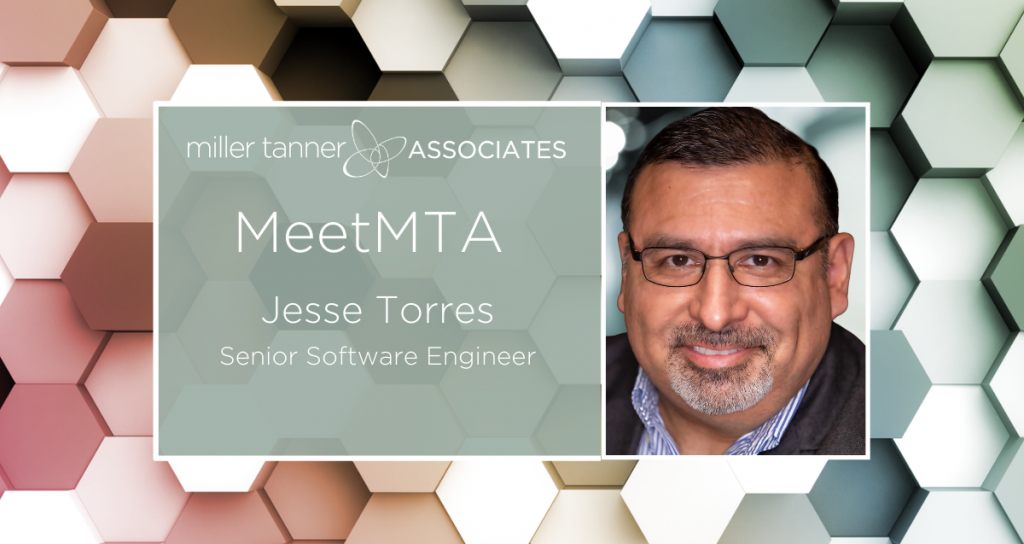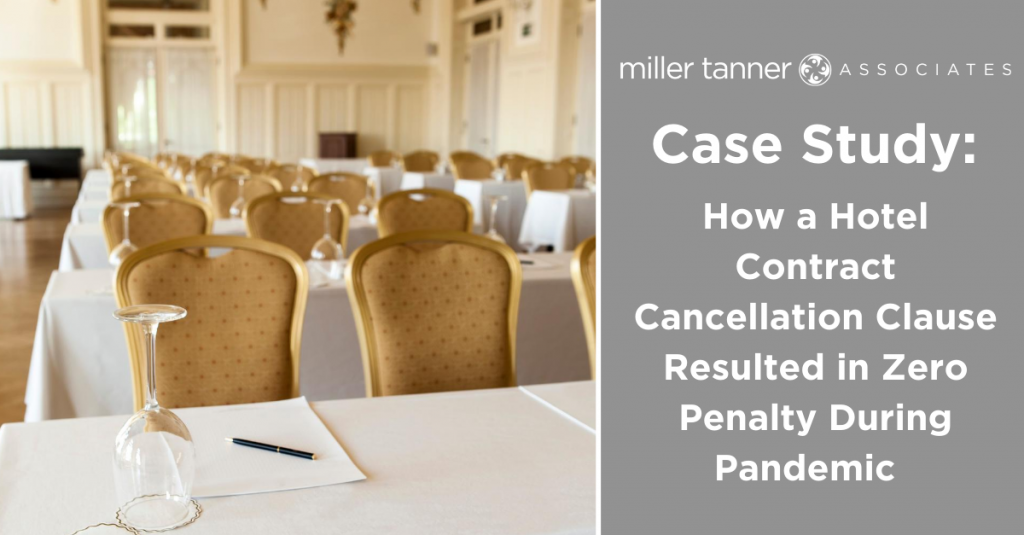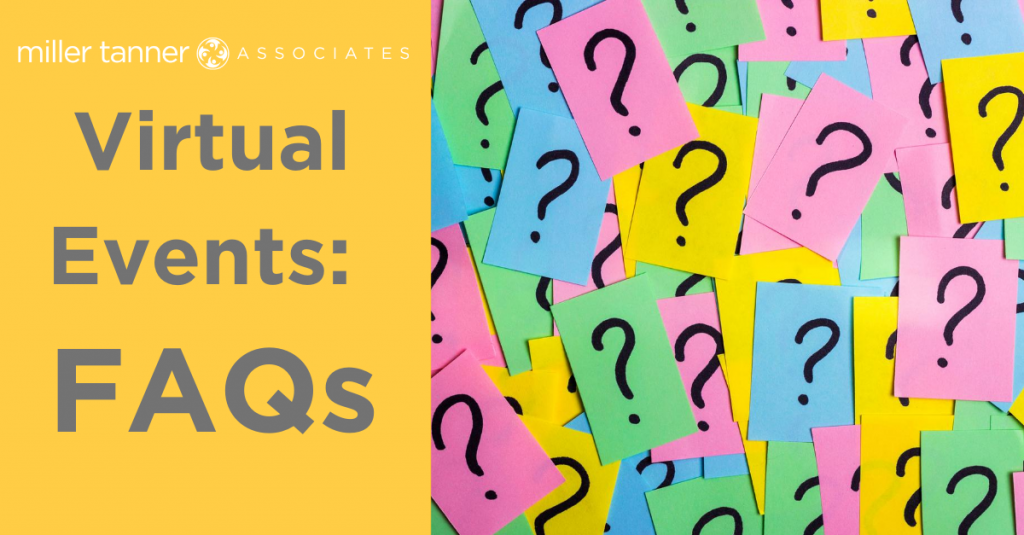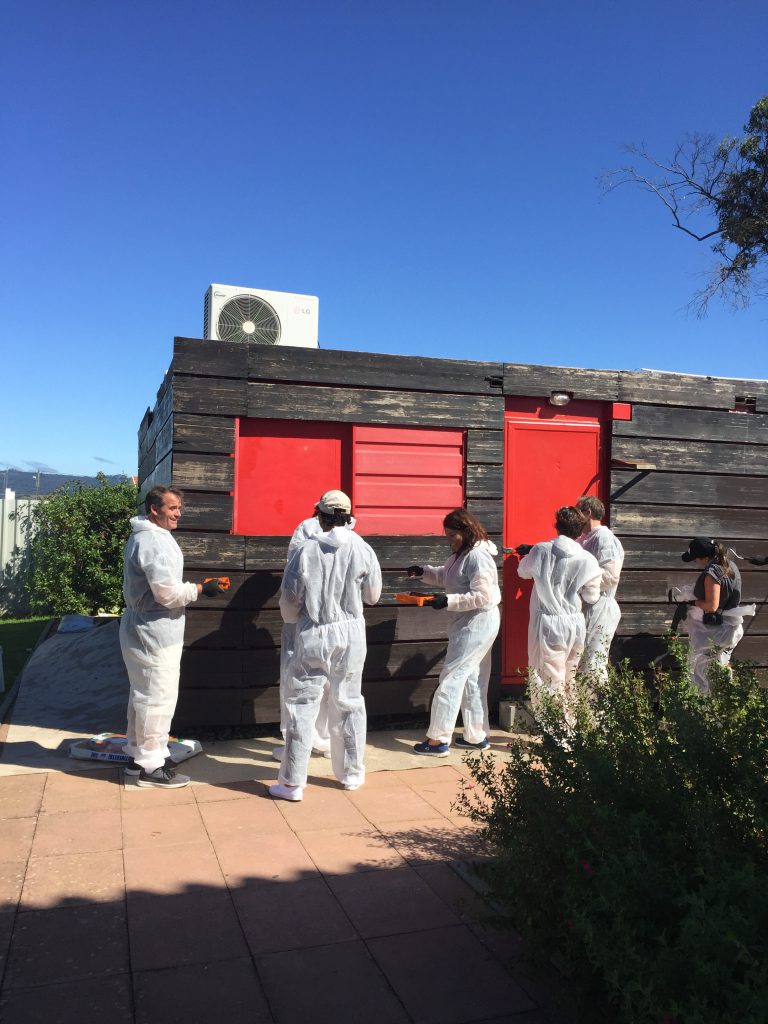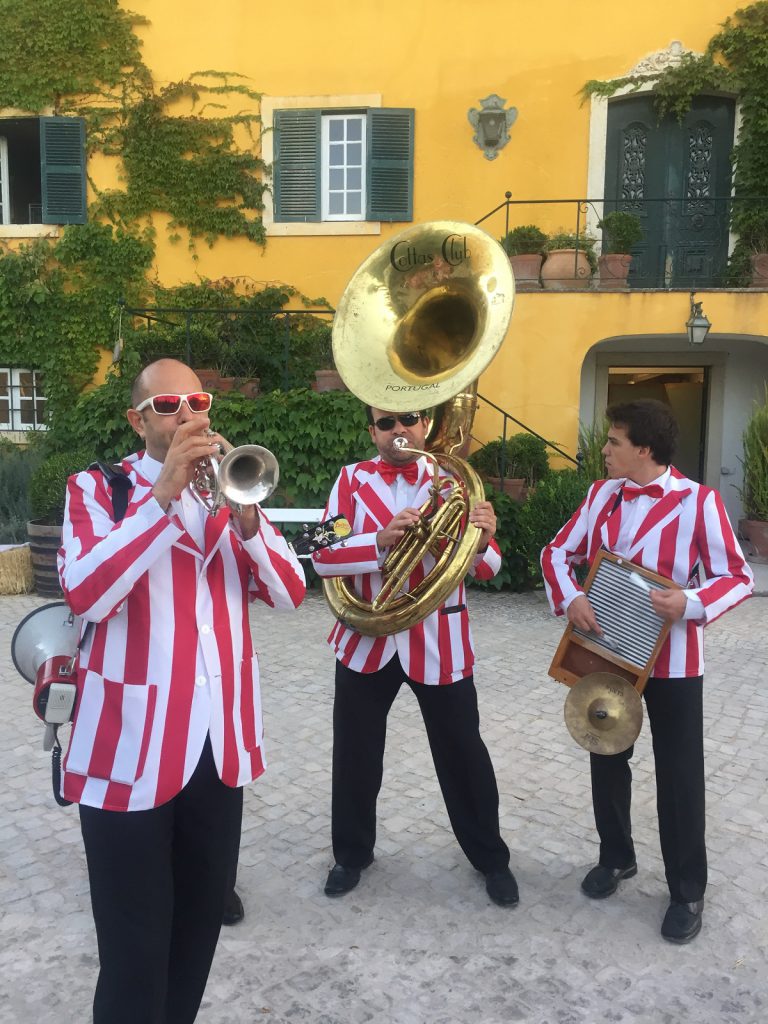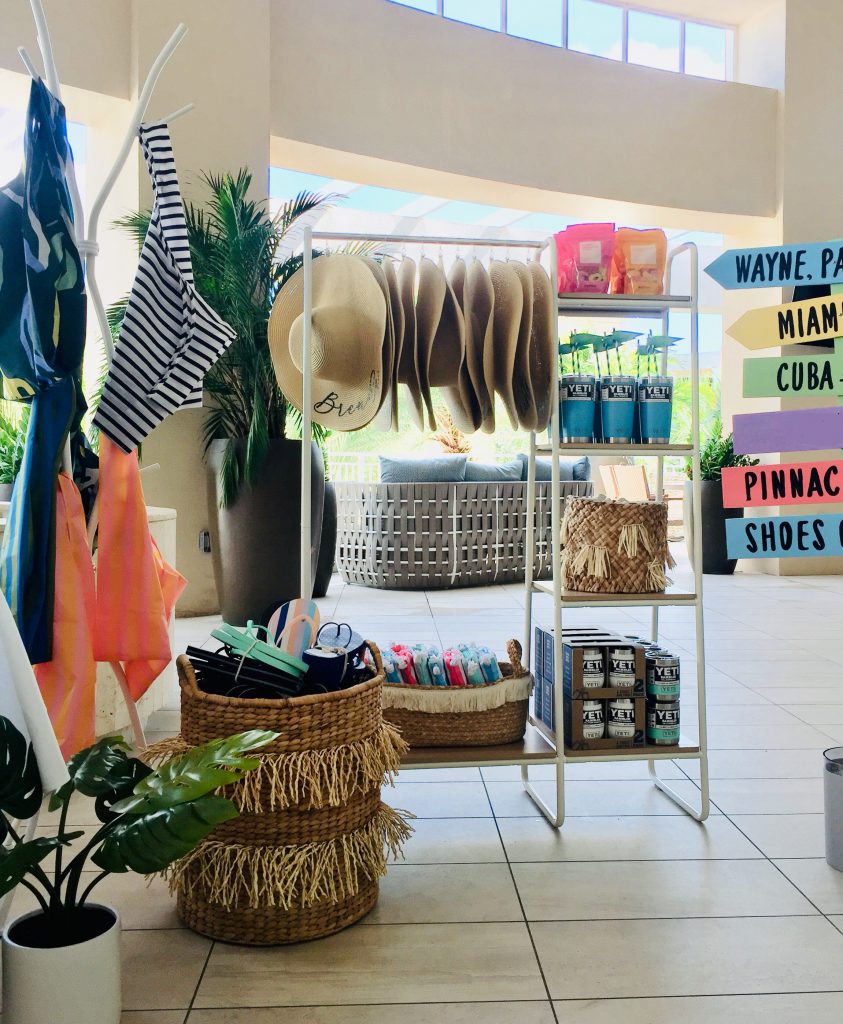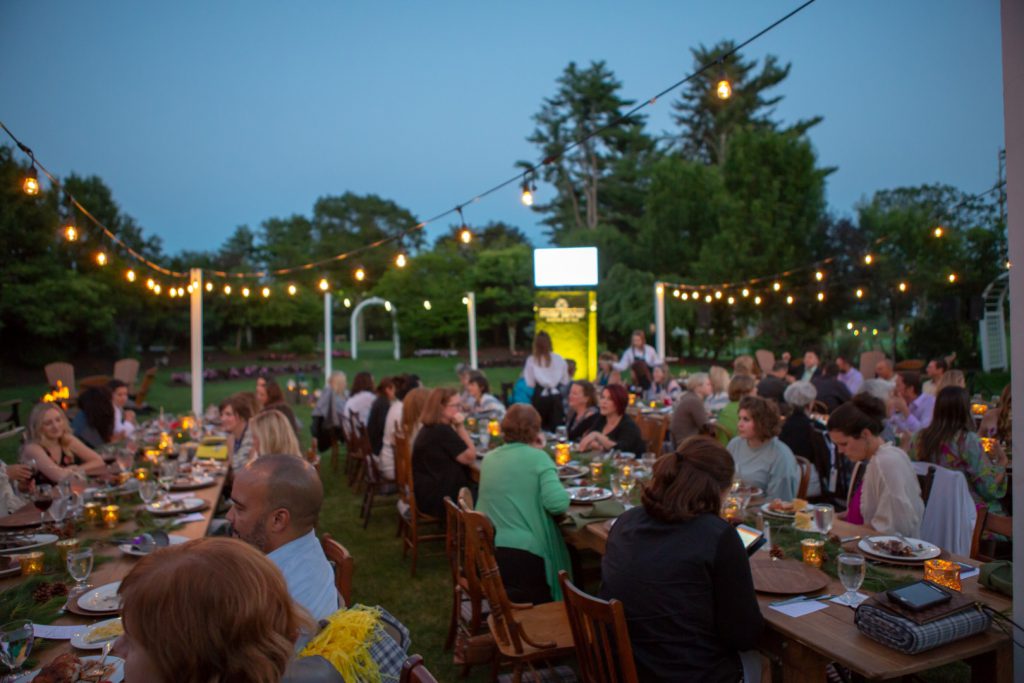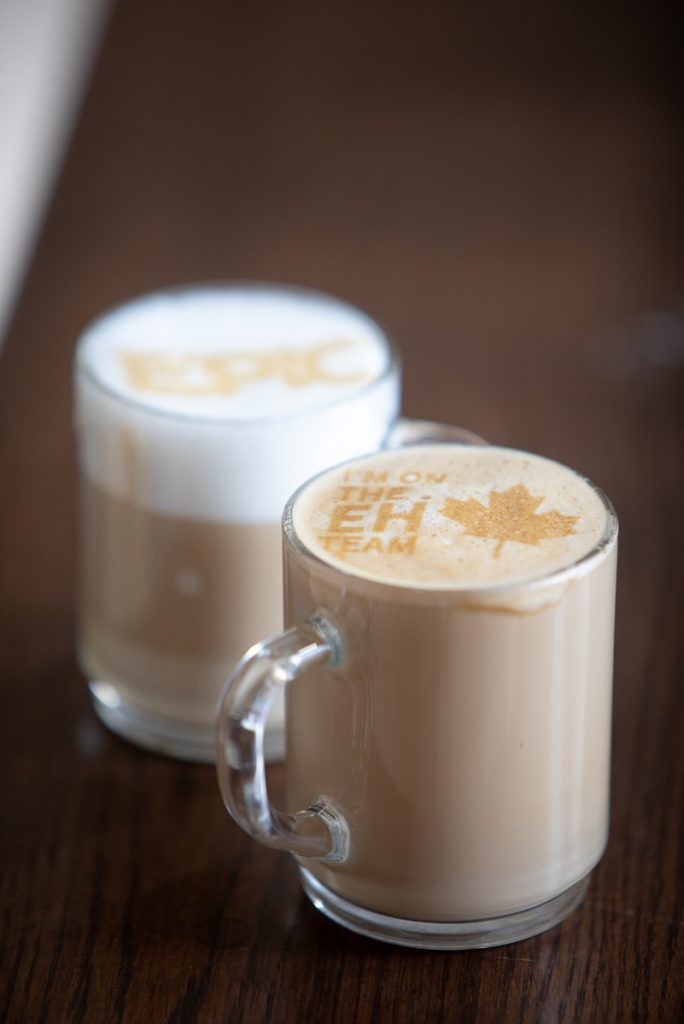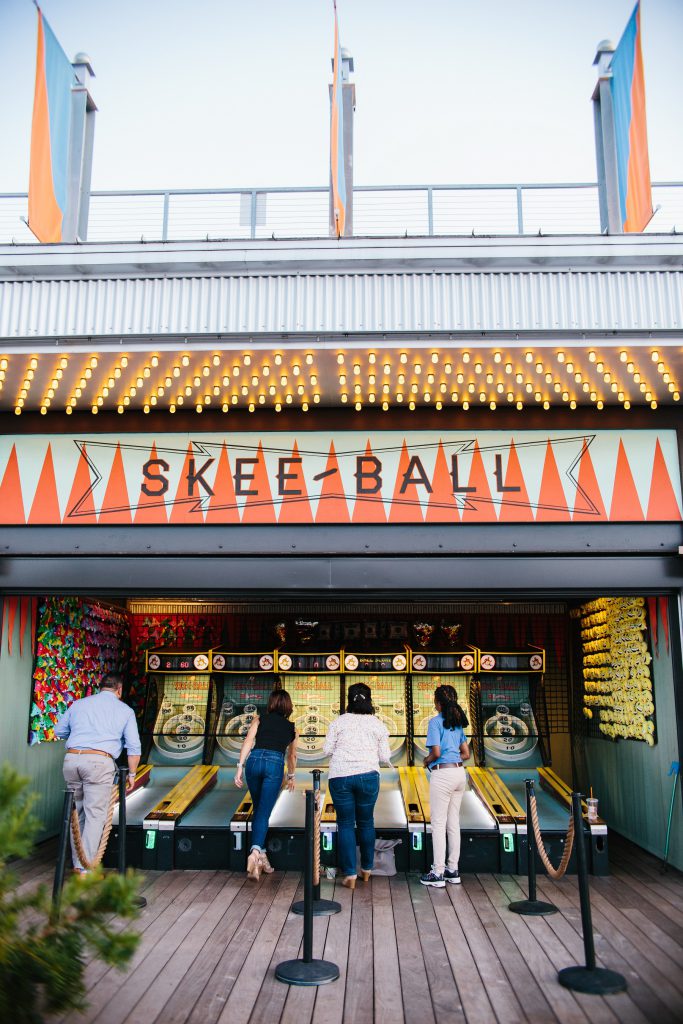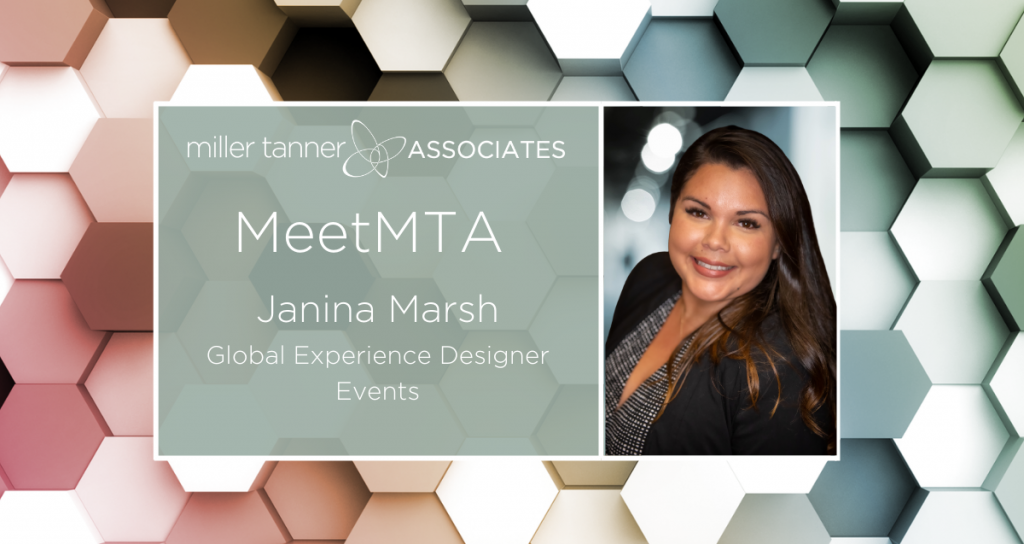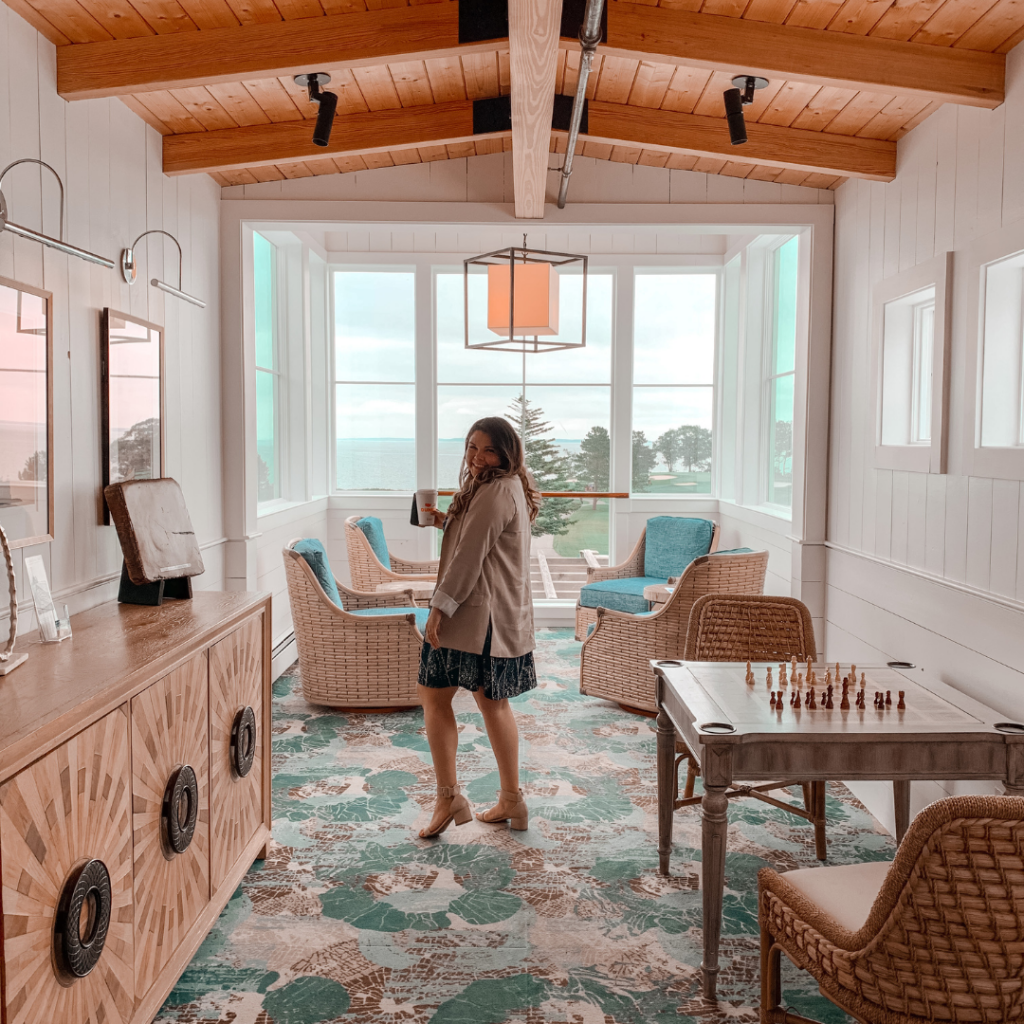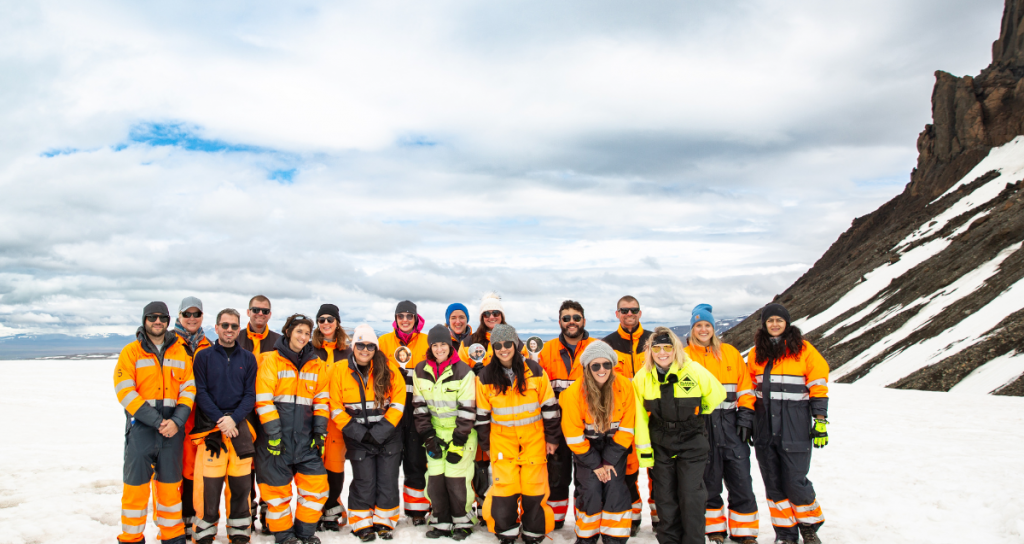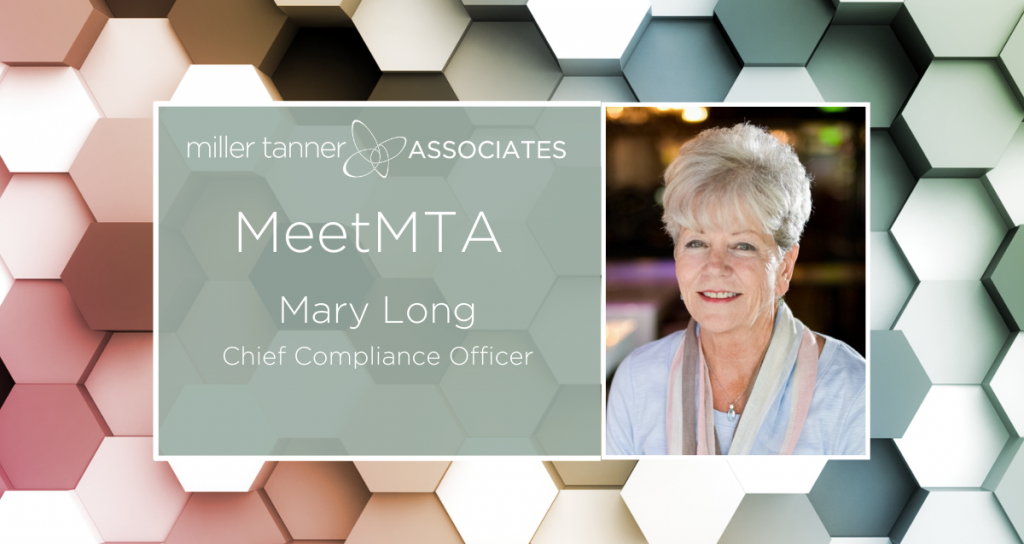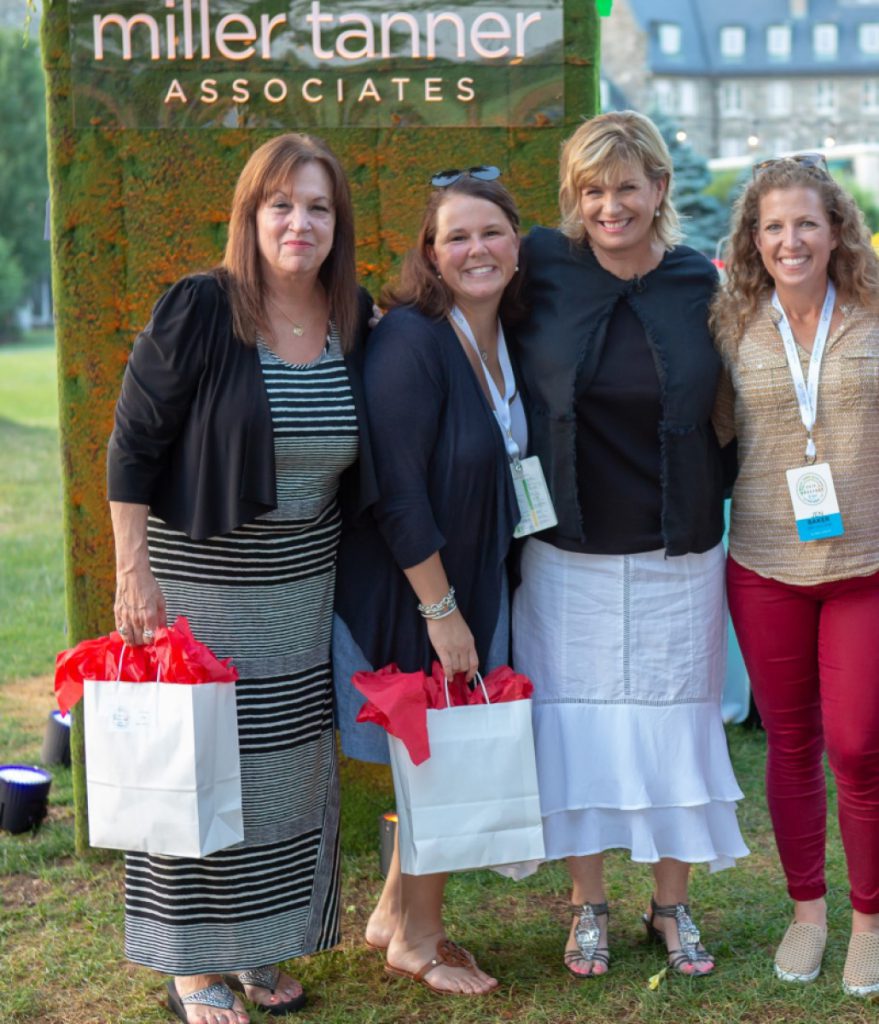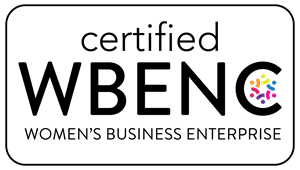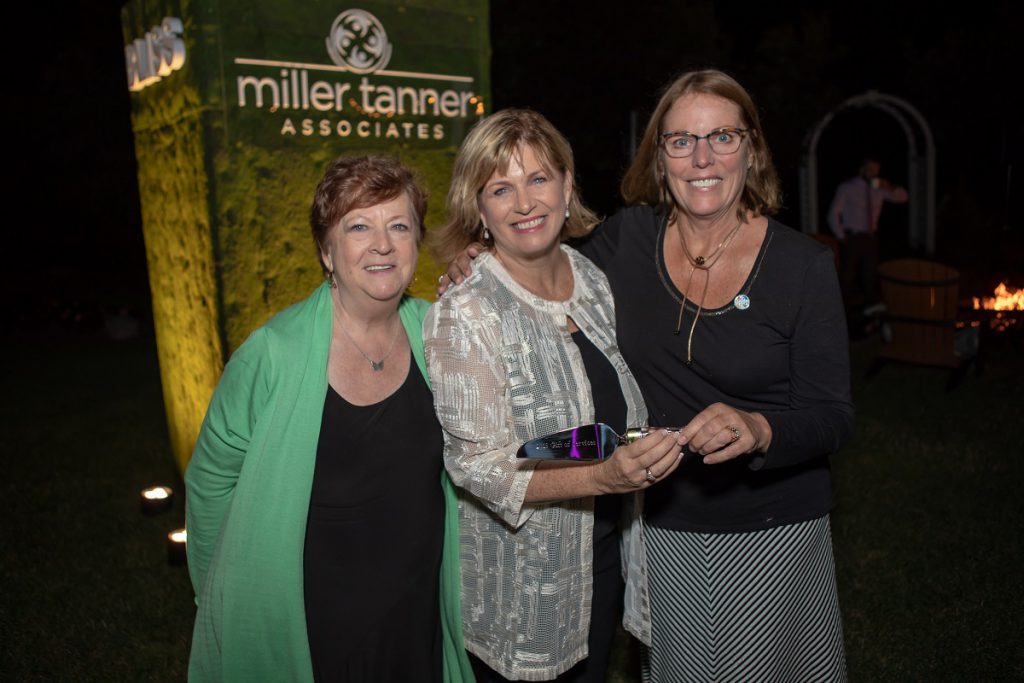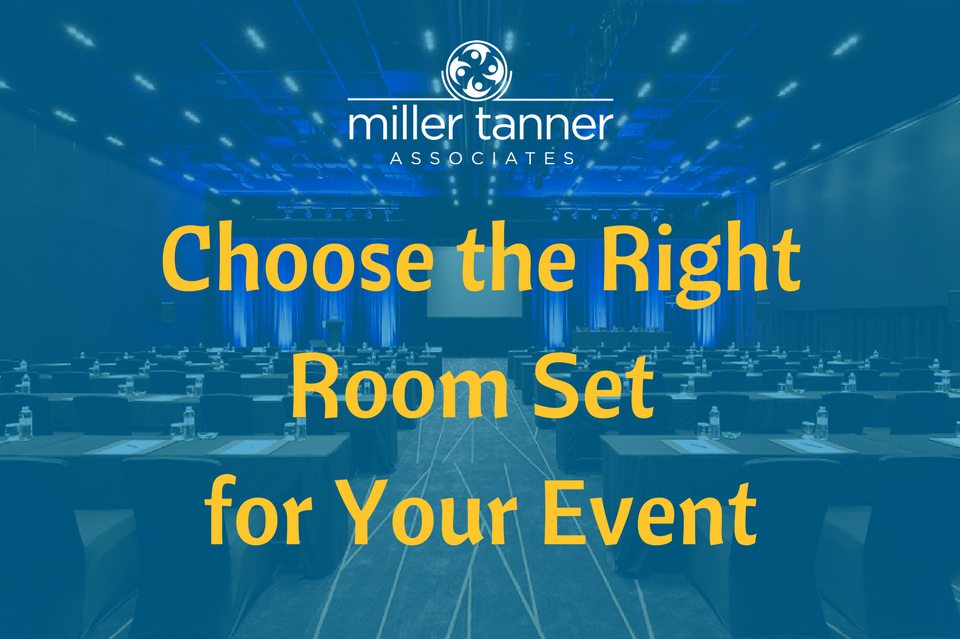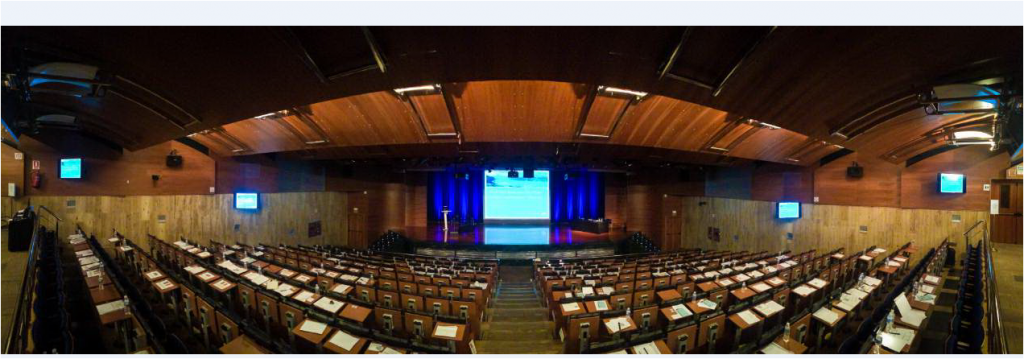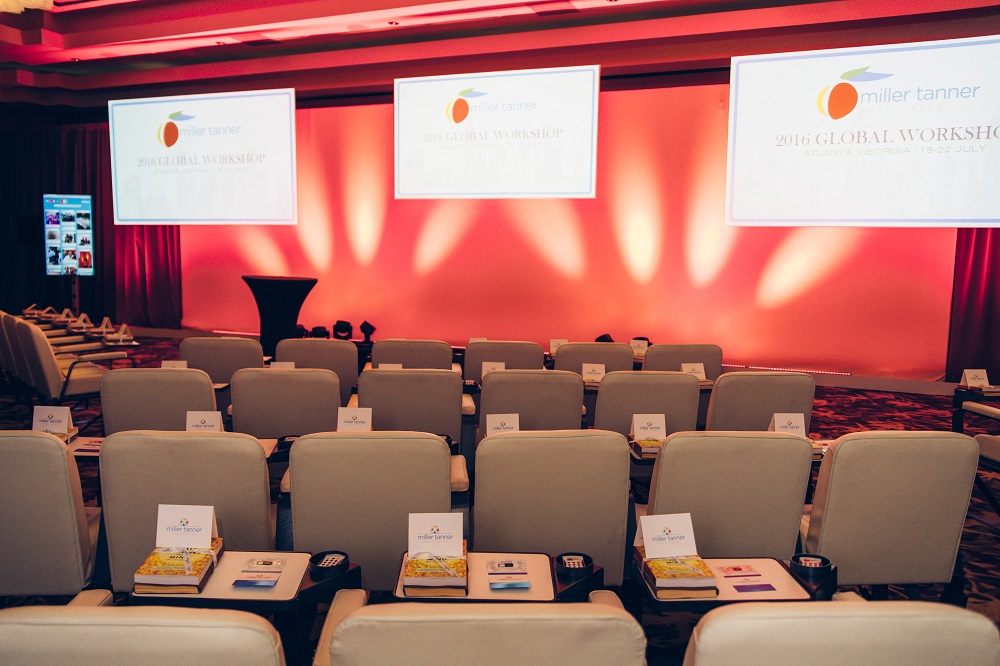From Argentina to Ireland to China to Australia, we’ve planned thousands of events for our clients all over the world.
In the process, we’ve traveled extensively and worked tirelessly to create exceptional travel experiences for event attendees.
As a result, we often find ourselves sharing travel tips with clients, family and friends who are looking to make traveling a little less hectic and more stress-free either for themselves or for an event they’re planning.
So we figured, why not compile some of our top travel tips as a handy resource?
Whether you’re planning a conference and you have to manage the travel needs of a thousand attendees or you’re just looking for some helpful hints to make your own travel experience a little smoother, we’ve got you covered with a ton of great travel suggestions, tips and tricks!
Smart Business Travel Tips from Event Planning Professionals
From planning and packing to travel tech and troubleshooting, we asked Miller Tanner’s ace event planning professionals to share some of their top travel tips for a worry-free trip.
PACKING
How to pack for minimum frustration and maximum peace of mind…
1. Organize your carry-on
Never underestimate the power of an organized carry-on bag! Our team member recommends the Lo&Sons OMG bag which fits a laptop, a pair of shoes, and attaches easily to a roller bag. Organize documents and travel items before leaving for the airport for easier access. Consider a passport holder to keep tickets and travel info in one place.
2. Dress for convenience
Keep in mind that if you are not PreCheck [or Global Entry], you will have to remove shoes, sweaters, jackets, jewelry, etc. Plan your travel outfit accordingly.
3. Remember the essentials
Have some long-haul essentials ready to pack when needed such as compression socks, eye mask, ear plugs, lip balm and toothbrush/paste set, blow-up neck pillow, and socks.
4. Consolidate your technology.
Rather than take 20 travel adapters for all your laptops, phones and chargers, buy yourself a 4- or 5-way socket board (also called trailing sockets). You then only need 1 adapter and instantly get 4 or 5 sockets as a bonus.
5. Bring some distractions.
Consider loading books on your Kindle or movies on your computer to keep you occupied during your trip. Headphones work wonders to relax you and block out loud airplane noises.
6. Prepare for unexpected delays.
Always pack some snacks in small bags in your carry on. Flights can be long, delayed, and/or sometimes on the tarmac.
7. Prepare for the flight.
A neck travel pillow can be re-purposed as lumbar support if you have an aching back and can also be used to raise your laptop if it’s too big for the table tray.
PREPARATION
Things to do ahead of time or before you leave for the airport…
1. Get Global Entry
Apply for Global Entry rather than TSA PreCheck. It costs the same and you get the convenience of both Global Entry and TSA PreCheck.
2. Give yourself extra time
Plan to arrive at the airport early. Don’t let the stress of check-in, security, etc., happen because you are rushed.
3. Use online check-in
Check in online! You can also pay for your checked baggage ahead of time, which will speed up the process once you arrive at the airport.
4. Gain preferred status
Whenever possible, build miles/status on one dedicated airline by flying within the dedicated alliance. Status helps speed through check-in, security, and gives you upgrades if available.
5. Keep your contacts close
Before leaving for the airport, make sure you have contact information for the meeting planners, the travel vendor, and the ground transportation vendor. If you have contact information handy, it will be easy to make contact with travel agents, etc., should an issue arise during travel requiring assistance.
INTERNATIONAL TRIPS
Tips for taking the stress out of long flights…
1. Manage your money
Plan ahead with your money. Are you planning to get cash out of ATM? Are you looking to convert USD to local currency? What do you plan to do with remaining local currency at end of trip? Will the location you are travelling to accept credit cards? All of these things should be considered.
2. Get in the right time zone
As soon as you are on the plane start adapting to the time zone to which you are traveling. Therefore, if it is daytime in your final destination, try to stay awake through the trip so that when you land and it is now evening, you will be ready for a good night sleep. Do allow yourself naps as sleep is always going to be better than depriving yourself of it.
3. Take an overnight bag
Create a small ‘overnight kit’ that you keep with you under the seat. Suggested bag items might includes: essential medications, face wipes, socks, change of clothes, etc.
4. Dress for comfort
Bring comfortable clothes in your carry-on (this can double as your back-up set of clothes in the event your luggage is lost).
5. Think (and plan) ahead
Contact your mobile phone provider to ensure you can ‘roam’ and check costs/best/cheapest way to do this. Always check what visa is required. Know who is meeting you on arrival or know how to get a taxi/public transport in your destination city.
Travel Tools & APPS
Suggestions for tech that can make your travels a little easier…
1. Google Maps
Google Maps can help navigate your locations. Take screen shots of routes to take in cities in case the internet connection is not optimal.
2. Flight Tracker
The App Flight Tracker is also very helpful as you can access flight information from any carrier. You can also set alerts for specific flights so if there are any delays/changes, you will get a notification right away on your smartphone.
3. SeatGuru
SeatGuru (both a website and app) is great if you want to find the best seat available on the plane for what you like. It has a very good map of the exact aircraft so you can visualize where your seat is (on the wing, next to the galley, etc.) and how much leg room you’ll have.
4. Airline Apps
Use your preferred airline app to make updates/changes to flights, select seats, and check in without ever having to look up confirmation numbers.
TROUBLESHOOTING
How to prepare for and manage common travel snafus…
1. Pay attention
Keep an eye on your flight and trip alerts for cancelled flights, delayed flights, etc.
2. Use your phone
If you find out a flight has been delayed more than twice or cancelled, call the airline directly from where you are sitting. If you have a preferred airline and status with them, call that number directly. You can also utilize your credit card company—most include a concierge that can help you look at options.
3. Stay positive
Have a good attitude! it’s stressful for everyone including those that are assisting you. Call the travel agency to help with rebooking if there are long lines at the ticket counters.
4. Don’t panic
Keep calm. You’re probably not the only person caught in the snafu, so ask the help desk, Google it, concentrate on the solution instead of the problem and plan your solution with a level head.
Whether you’re headed to South Dakota, South Africa, or the South of France for your next event, we hope you find these business travel tips valuable!
Are you planning an in-person event? Ensure a seamless experience for your out-of-town attendees with Miller Tanner Associates.
